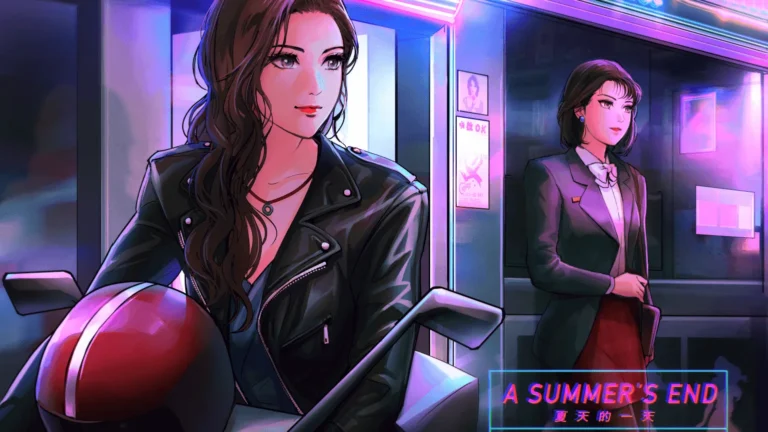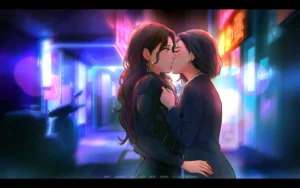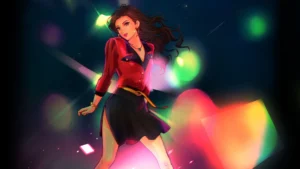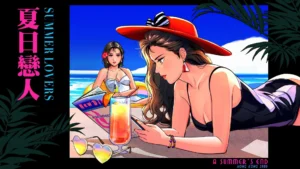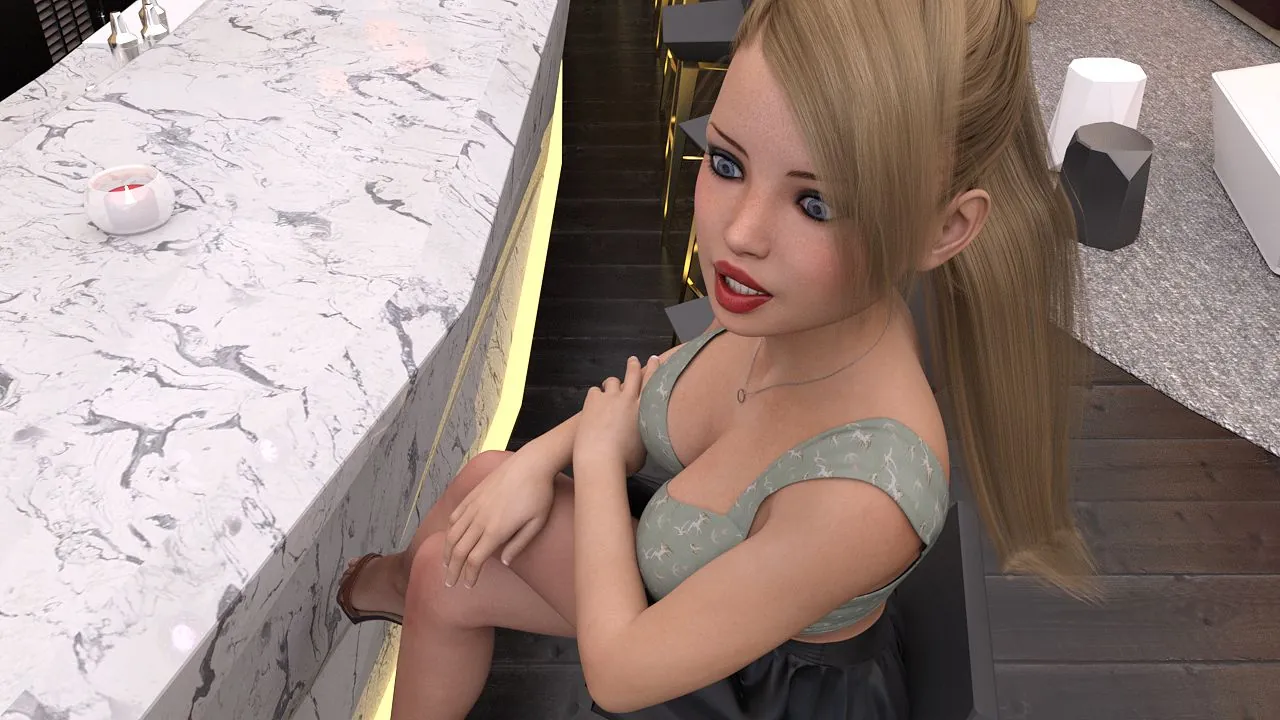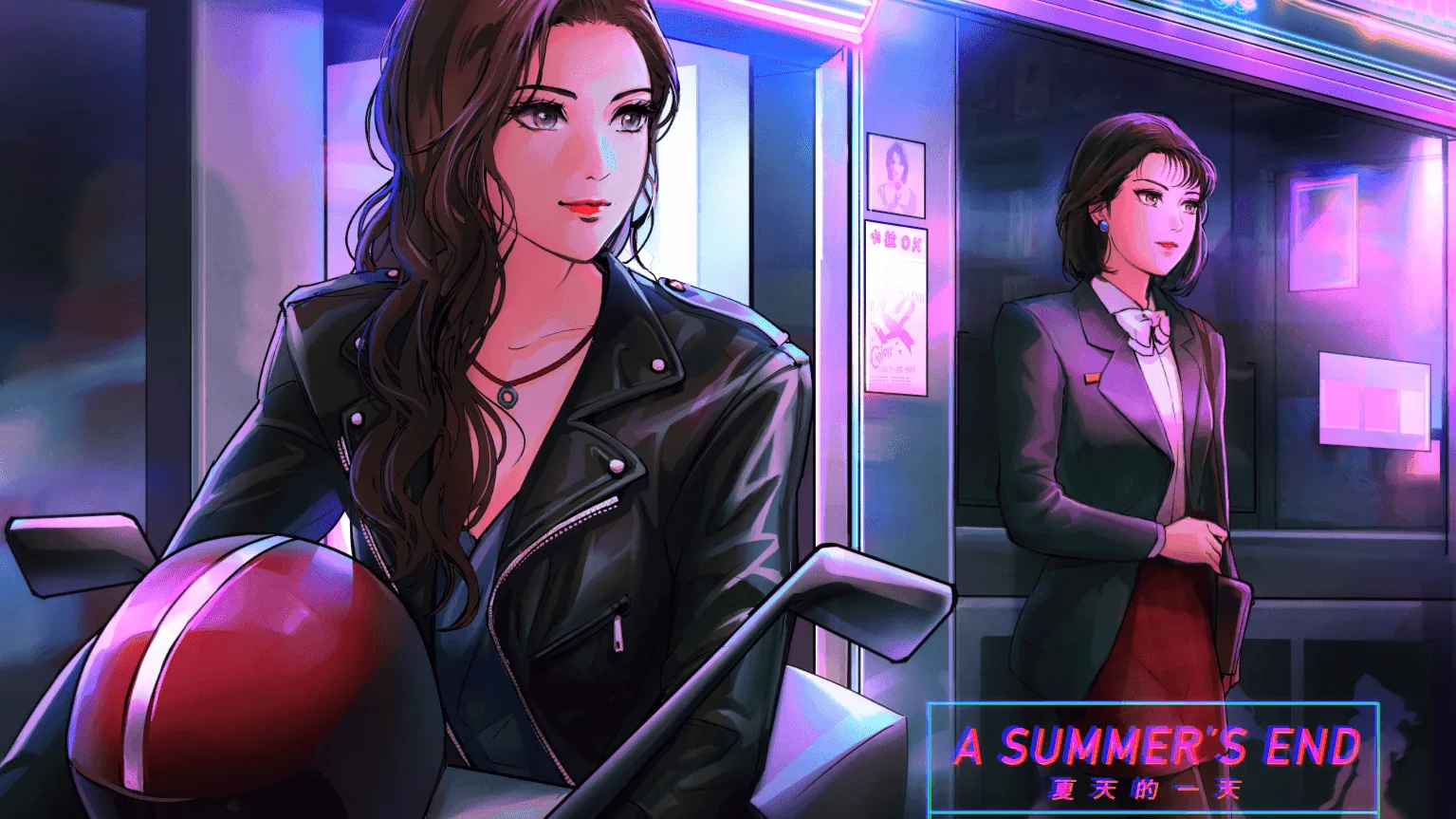
A Summer’s End – Hong Kong, 1986
Play A Summer’s End – Hong Kong, 1986
A Summer’s End – Hong Kong, 1986 review
Exploring the Story, Characters, and Cultural Depth of A Summer’s End – Hong Kong, 1986
A Summer’s End – Hong Kong, 1986 is a captivating visual novel that transports players to the vibrant streets of 1980s Hong Kong. Centered on the evolving relationship between Michelle, a young office worker, and Sam, a home video store owner, the game blends romance, identity, and cultural exploration in a richly detailed setting. This article dives into the game’s narrative depth, character development, and unique artistic style, offering insights for fans and newcomers alike.
Unpacking the Story and Characters of A Summer’s End – Hong Kong, 1986
Who Are Michelle and Sam? A Character Overview
Picture this: You’re sipping bubble tea 🧋 while diving into a neon-soaked 1980s Hong Kong, and suddenly you meet Michelle and Sam—two women whose lives collide like fireworks over Victoria Harbour. 🌆 Michelle’s the corporate heir drowning in family expectations—polished, responsible, but secretly yearning for freedom. Sam? She’s all bohemian vibes 🎨, a tattoo artist who lives by her own rules. Their first encounter? A rainy night at a nightclub where Michelle’s lost wallet sparks a conversation that unravels both their worlds.
What makes these A Summer’s End Hong Kong 1986 characters so magnetic? Michelle’s struggle isn’t just about romance; it’s about breaking free from a gilded cage. Sam, meanwhile, becomes her unexpected compass, challenging her to question everything. Their chemistry isn’t forced—it’s a slow burn that mirrors real-life connections, where vulnerability meets courage. 💖
Here’s a quick snapshot of these unforgettable leads:
| Michelle | Sam |
|---|---|
| Corporate heir in her family’s business | Independent tattoo artist & free spirit |
| Struggles with tradition and duty | Embraces authenticity and self-expression |
| Motivation: Escape societal expectations | Motivation: Live unapologetically |
Playing their story, I felt like I was flipping through a diary—raw, honest, and deeply human. You don’t just watch them; you become them.
How Does the Romance Develop in the Game?
Let’s get real: Most romances in games feel like fast-forwarding a rom-com. 🎬 Not here. The Michelle and Sam relationship unfolds with aching realism—think stolen glances in crowded markets 🏮 or late-night calls where words fumble but hearts race. 🥹 Their bond isn’t instant; it’s built on shared secrets, like Sam revealing her own clashes with conservative parents, or Michelle admitting she’s never felt “seen” before.
As a queer romance visual novel, this game nails the delicate dance of discovery. Early interactions are layered with hesitation—Michelle’s nervous small talk, Sam’s playful teasing—but as trust grows, so does intimacy. One scene that wrecked me? Michelle panicking when Sam holds her hand in public, fearing judgment. It’s not just romance; it’s a survival story. 💔➡️💪
Key moments that define their journey:
– Shared vulnerability: Opening up about past relationships over steamed buns at a dai pai dong.
– Breaking barriers: Michelle sneaking out to visit Sam’s studio, symbolizing her first act of rebellion.
– Climactic choice: A heart-wrenching decision where players shape their future—together or apart.
The beauty? You’re not a passive observer. Every dialogue choice deepens their connection or highlights cultural rifts, making the narrative depth in A Summer’s End unforgettable.
What Cultural Themes Shape the Narrative?
Hong Kong in the ’80s wasn’t just skyscrapers and synth-pop—it was pressure-cooker of tradition colliding with modernity. 🏙️✨ This 1980s Hong Kong culture game weaves that tension into every pixel. From mahjong parlors to Bruce Lee posters, the setting isn’t a backdrop; it’s a silent character. Michelle’s family dinners, for example, become battlegrounds where filial piety smothers personal truth. 🥢
Family themes in A Summer’s End hit hard. Michelle’s mom isn’t a villain—she’s a product of her time, pushing marriage and stability as “love.” Sam’s world, though, offers a counter-culture: underground art scenes where queer identities flourish discreetly. The game doesn’t preach; it shows how society’s whispers (“What will people say?”) shape choices.
And oh, the identity exploration in visual novels here? Chef’s kiss. 👌 Michelle’s arc isn’t about “coming out”—it’s about asking, “Who am I outside others’ expectations?” Sam’s role? She’s the mirror reflecting possibilities Michelle never dared to imagine.
Pro tip: Replay scenes focusing on background details—like period-accurate ads or Cantonese slang. They’re Easter eggs that enrich the story’s soul.
For me, this game was a masterclass in cultural storytelling. It doesn’t just depict 1980s Hong Kong; it resurrects its heartbeat—the fear, the hope, and the quiet revolutions in crowded apartments. 🏮
Final thoughts: Whether you’re here for the queer romance visual novel intimacy or the 1980s Hong Kong culture game nostalgia, A Summer’s End delivers. Its A Summer’s End Hong Kong 1986 characters don’t just tell a story—they invite you to live it. So grab your headphones, cue the city’s soundtrack, and let Michelle and Sam remind you that love, in any era, is worth fighting for. 💥
A Summer’s End – Hong Kong, 1986 offers a heartfelt narrative that beautifully captures the nuances of love, identity, and cultural tension in a unique historical setting. Its compelling characters and rich storytelling invite players to experience a summer romance that is both personal and reflective of broader social themes. Whether you are a fan of visual novels or interested in stories that explore meaningful relationships, this game provides an engaging and memorable journey. Dive into the world of Michelle and Sam and discover a story that lingers long after the final scene.
